I have been intrigued by the purpose of makers’ marks for over 30 years. Carpenters’ marks were discussed a lot in the early days of the Carpenters’ Fellowship. People would find curious incisions in medieval timber frames, say, on the lintel above a hearth. This would be described “apotropaic” ie protection against witchcraft, but to my mind they might equally have been the marks of the men who built it, as a kind of celebration, like topping-out. (One example above, reproduced in the Fellowship’s “Mortise & Tenon”
I read somewhere that in some trades, masons especially, their mark had to be proven. Now what does this mean? Probably that the apprentice or journeyman has reached an acceptable standard to be received into the guild. But I have also read that their mark had to be geometrically proven, with compasses and straightedge, in the way that a theorem must be proven, so that the candidate’s mark also demonstrates competence in geometry, well, a mason would have to, wouldn’t he? This idea I seem to have derived from a novel by Alan Garner, “The Stone Book Quartet”.
These traditions have largely died out, but if anybody knows anything about them, please let us know.
I have a mark, but nobody authorised it. It was a persistent doodle, and it stuck. But it is a regular geometric pattern, not a star, but similar!


 LinkBack URL
LinkBack URL About LinkBacks
About LinkBacks
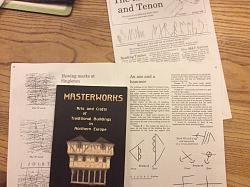


 Reply With Quote
Reply With Quote

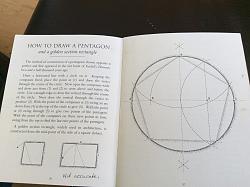
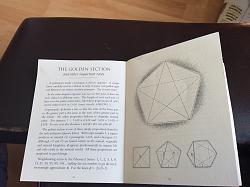
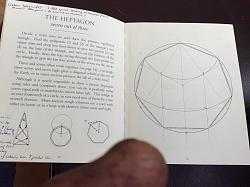
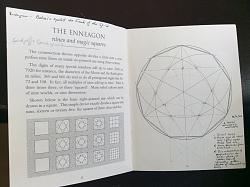



Bookmarks